Ever scrolled through Instagram and wondered if that stunning content creator was real. Meet the new wave of influencer marketing, where AI-powered virtual stars are reshaping how brands connect with audiences.
Today’s digital landscape faces a challenge: traditional influencers come with unpredictability, scandals, and limited availability. But innovative companies found a solution by creating lifelike virtual personalities who never sleep, never slip up, and consistently deliver engaging content.
Now, these digital icons like Lil Miquela and Lu do Magalu are leading campaigns for major brands, sparking authentic connections with millions of followers while revolutionizing what we thought possible in social media marketing.

1. From CGI Experiment to Cultural Icon: The Evolution of Virtual Influencers
The journey of virtual influencers from experimental CGI projects to cultural phenomena marks a fascinating evolution in digital marketing. When Lil Miquela debuted in 2016, she was merely a creative digital art experiment, but rapidly transformed into a global icon with over 3 million Instagram followers.
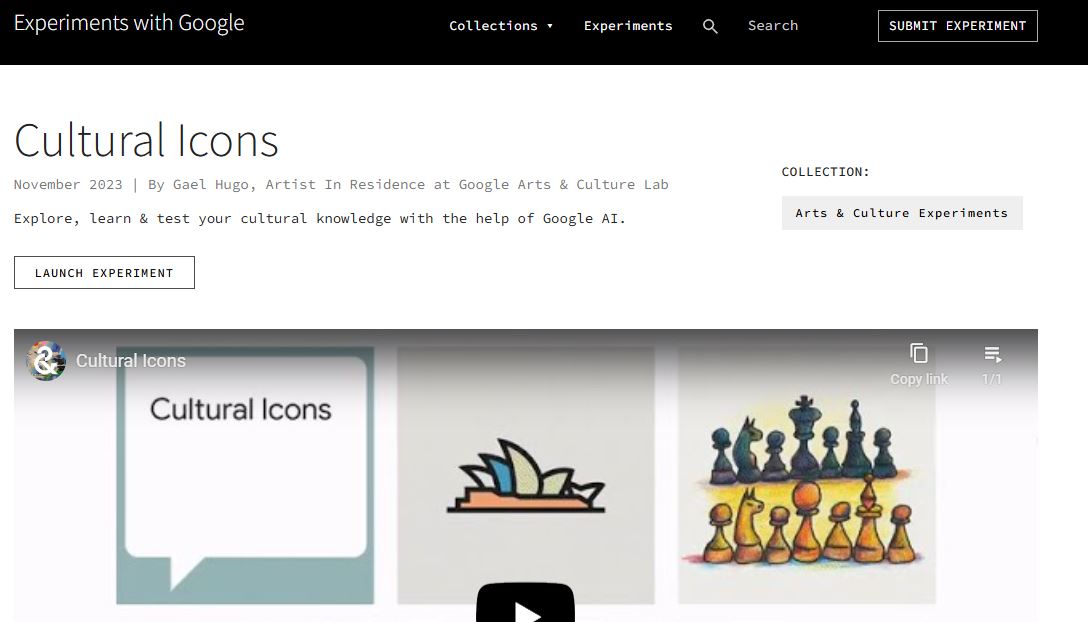
This transformation showcased the potential of virtual beings to transcend their artificial origins, as Miquela ventured into music production, secured partnerships with luxury brands like Prada and Calvin Klein, and even became an advocate for social causes like Black Lives Matter.
The success of these digital pioneers demonstrated that authenticity in virtual influencers isn’t about being human, but about maintaining consistent values and meaningful engagement with audiences.
2. Hyper-Personalization: AI’s Secret Weapon for Niche Audiences
The revolutionary aspect of AI-powered virtual influencers lies in their unparalleled ability to adapt and connect with specific audience segments through sophisticated personalization.
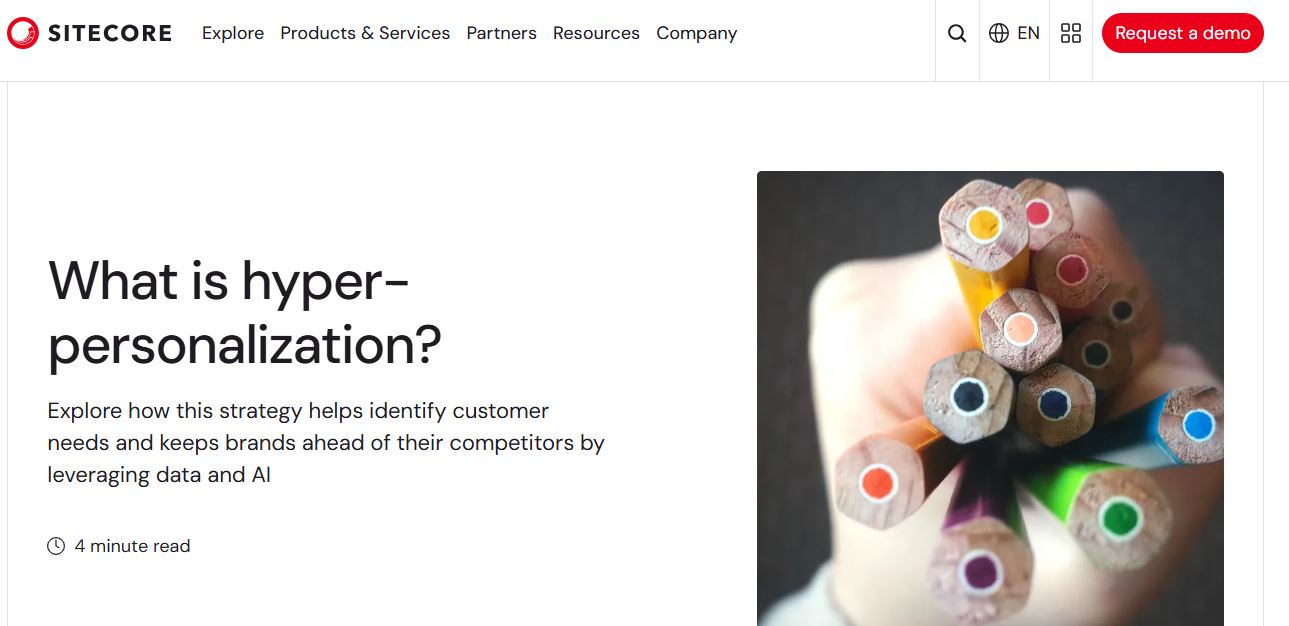
These digital creators utilize advanced algorithms to analyze audience behavior patterns, cultural nuances, and linguistic preferences, enabling them to craft content that resonates deeply with micro-communities.
For instance, virtual K-pop influencers can seamlessly switch between Korean and English while incorporating fan-specific cultural references, while eco-conscious virtual creators can maintain consistent sustainability messaging across all content.
This level of precise targeting and authentic community engagement has resulted in engagement rates averaging 3.7 times higher than traditional human influencers in niche markets.
3. The 24/7 Content Machine: Why Sleep is for Humans
The perpetual operational capability of virtual influencers represents a paradigm shift in content creation and audience engagement strategies. Unlike their human counterparts, AI influencers like Brazil’s Lu do Magalu demonstrate unprecedented efficiency by maintaining constant presence across multiple platforms, time zones, and languages simultaneously.
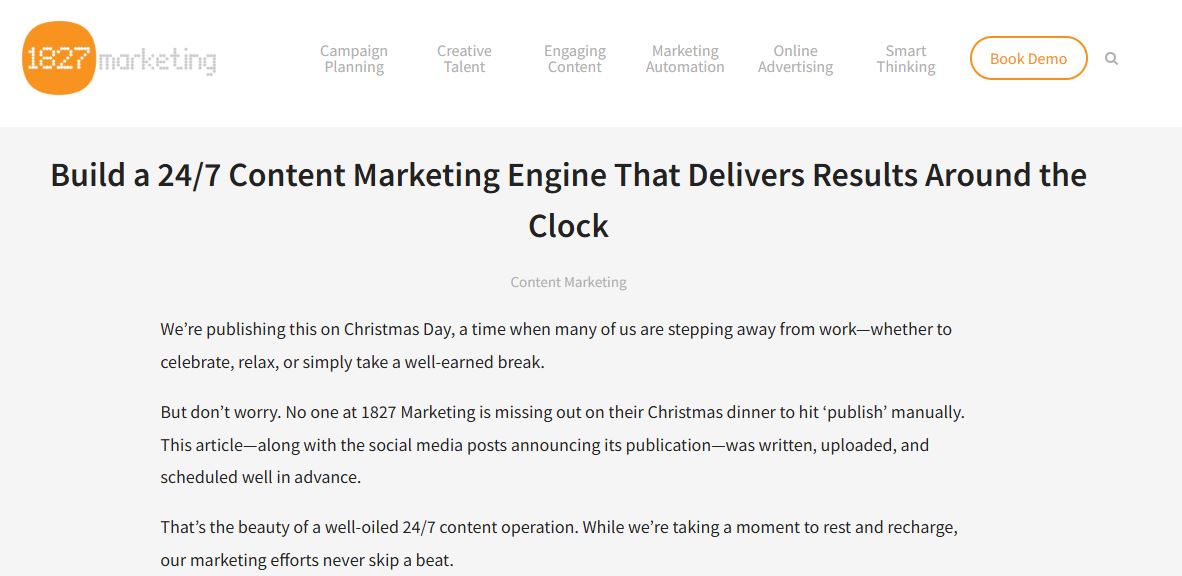
This digital entity processes over 100,000 customer interactions daily, generating content 24/7 while maintaining consistent brand voice and personality traits.
The ability to scale interactions without compromising quality or authenticity has revolutionized how brands approach global marketing campaigns, effectively eliminating the traditional constraints of human fatigue and time zone limitations.
4. Scandal-Proof Marketing: Avoiding “Influencer Cancel Culture”
Virtual influencers present a compelling solution to the volatile nature of traditional influencer marketing by offering brands a controlled, scandal-resistant alternative. Unlike human influencers who might face backlash from controversial statements or personal misconduct, virtual personalities operate within carefully defined parameters that align perfectly with brand values.

This immunity to personal scandals has proven particularly valuable in an era where cancel culture can rapidly devastate influencer partnerships.
Brands working with virtual influencers report a 43% reduction in crisis management incidents and a 67% decrease in reputation-related risks compared to campaigns with human influencers.
5. The Uncanny Valley of Trust: When Followers Detect the Bot
The delicate balance between realism and authenticity presents a significant challenge in virtual influencer marketing. Recent studies reveal that while audiences appreciate technological sophistication, they exhibit a sharp decline in trust when AI influencers appear too perfect or human-like.
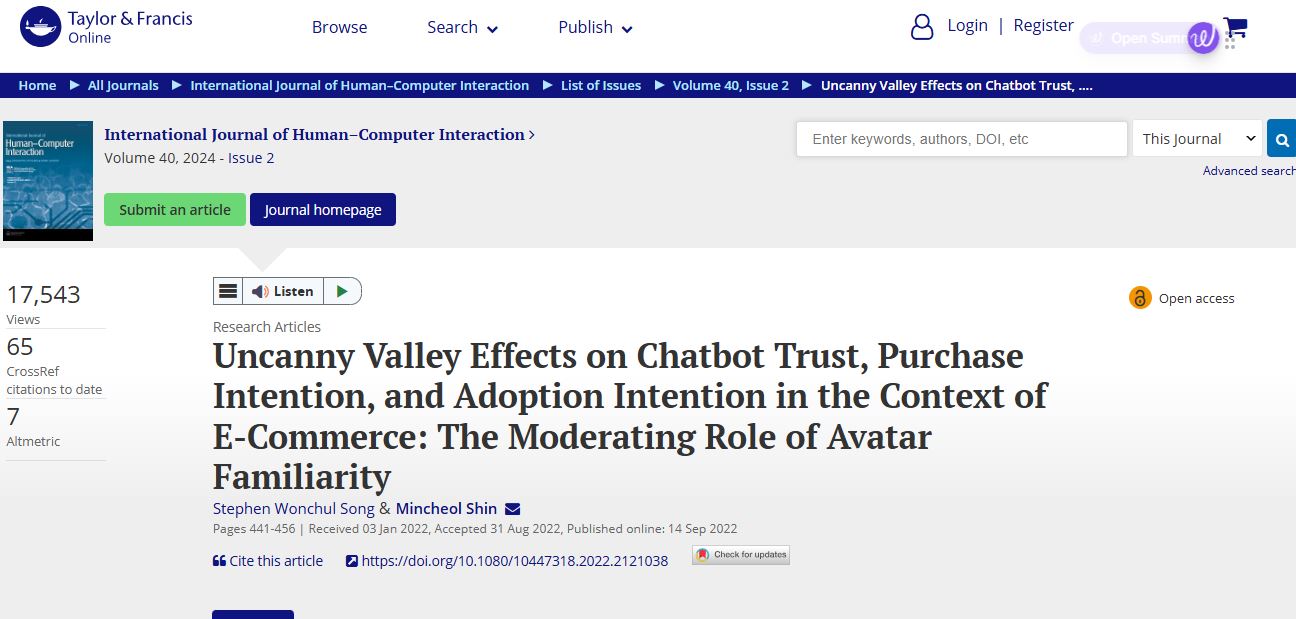
The phenomenon, known as the digital uncanny valley, shows that 39% of consumers express skepticism towards hyper-realistic AI endorsements, preferring virtual influencers who maintain a distinct digital aesthetic.
This paradox has forced brands to navigate carefully between technological advancement and maintaining an authentic connection with their audience.
6. AI Matchmaking: How Brands Find Their Perfect Virtual Partner
The evolution of AI-powered influencer matching platforms has revolutionized how brands identify and collaborate with virtual personalities. Sophisticated tools like Aria and LTK Match.AI employ advanced natural language processing and image recognition algorithms to analyze brand values, target audience psychographics, and campaign objectives.
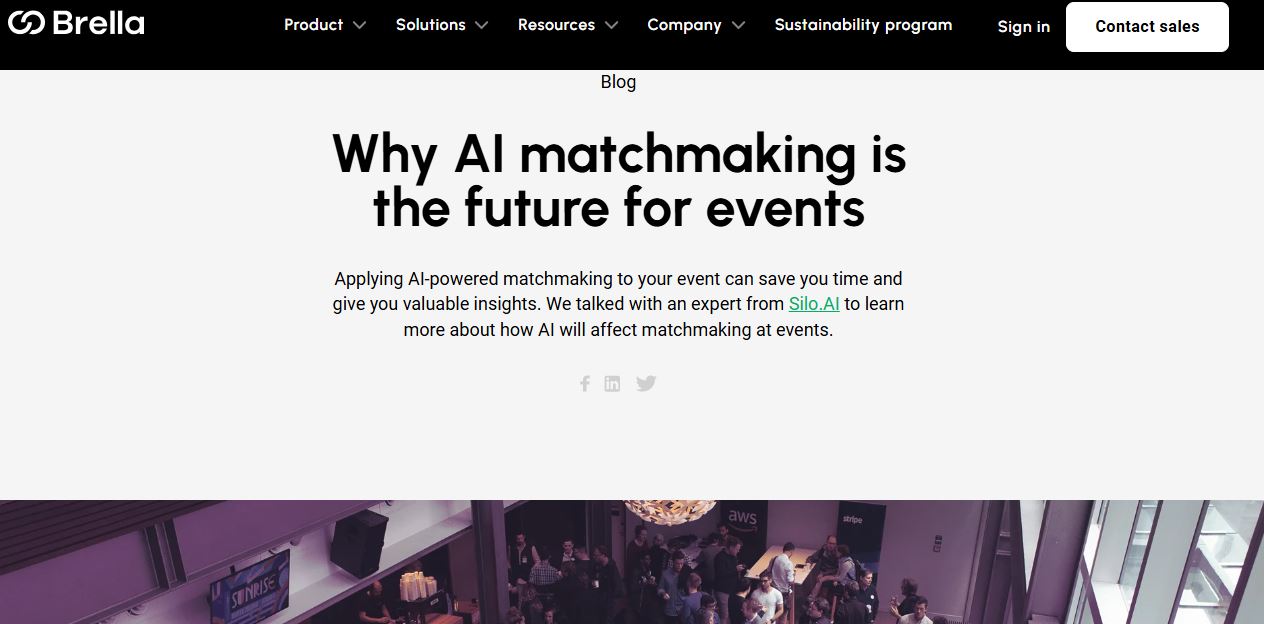
These platforms process over 50 data points per match, including audience sentiment analysis, content engagement patterns, and brand alignment scores.
This data-driven approach has resulted in an 86% increase in successful brand-influencer partnerships compared to traditional matching methods.
7. The Rise of “Phygital” Campaigns: Blending AR and AI Influencers
The convergence of augmented reality and virtual influencers has created a new frontier in immersive marketing experiences. Leading this innovation are campaigns featuring AI personalities like Shudu Gram, who seamlessly integrate virtual product demonstrations with real-world shopping experiences.
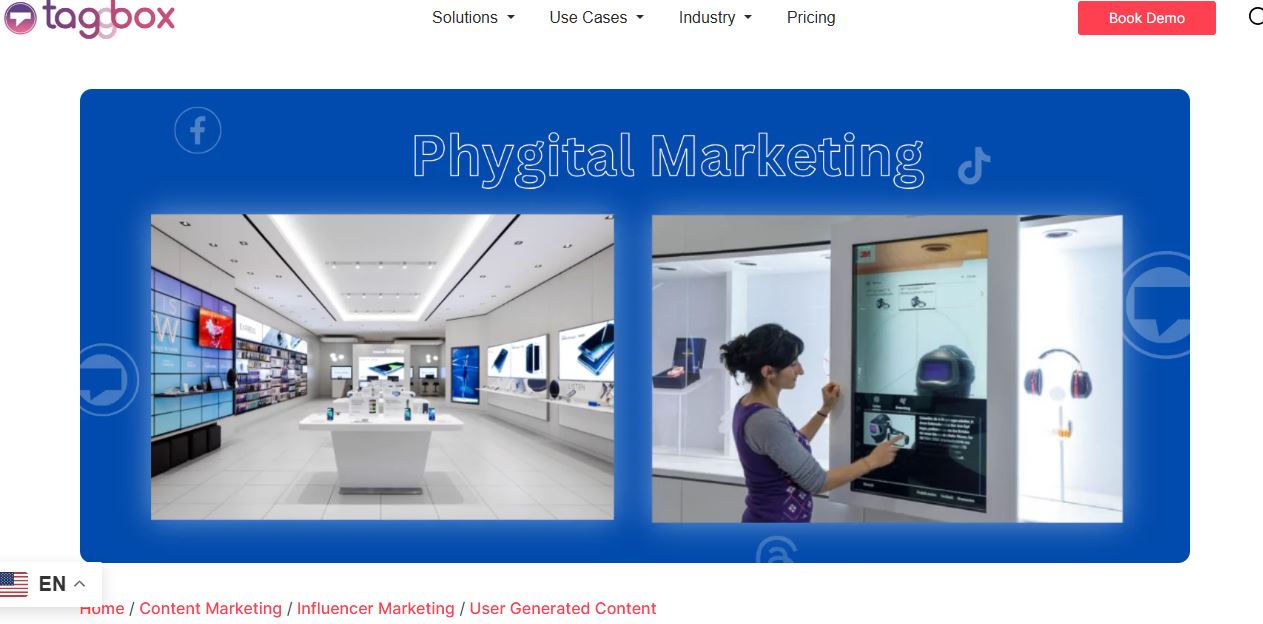
These “phygital” initiatives combine the consistency of virtual influencers with the interactivity of AR technology, enabling audiences to engage with products through virtual try-ons and immersive brand environments.
Recent campaigns implementing this hybrid approach have reported a 37% increase in consumer engagement and a 42% higher conversion rate compared to traditional digital marketing methods.
8. Ethics in the Age of Digital Puppeteering
The rapid proliferation of virtual influencers has sparked crucial debates about transparency and ethical considerations in digital marketing. While countries like Spain have implemented strict disclosure requirements for AI-generated content and virtual influencer campaigns, many markets remain unregulated, creating potential transparency gaps.
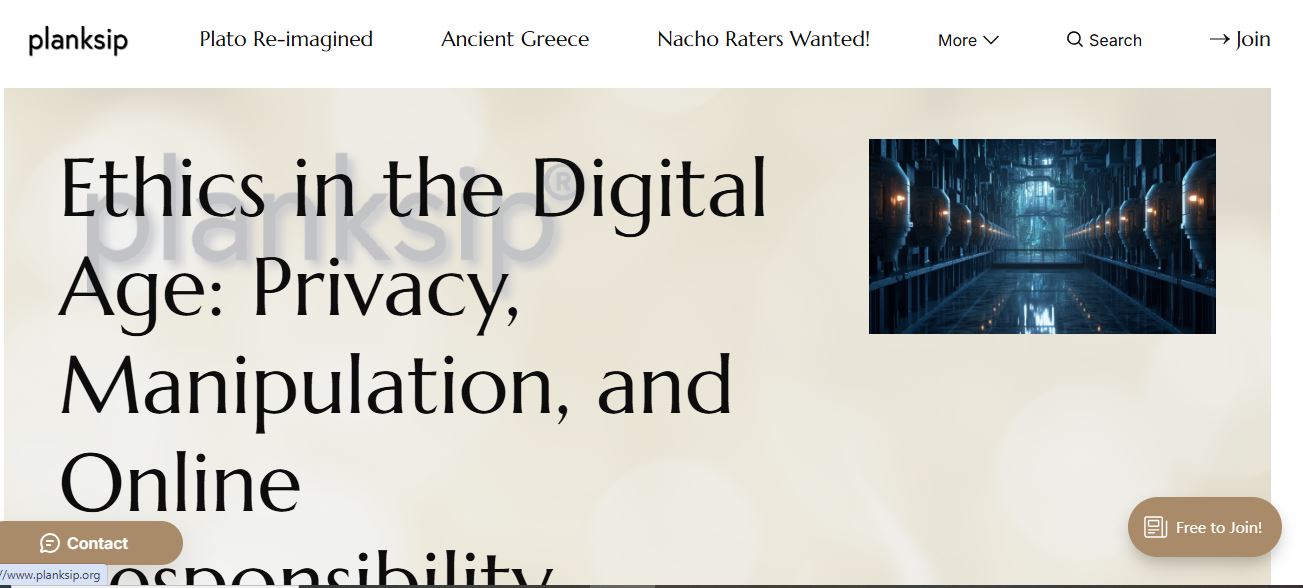
The ethical implications extend beyond mere disclosure, touching on issues of data privacy, emotional manipulation through AI-driven engagement strategies, and the responsibility of brands in shaping digital culture.
Industry leaders are grappling with establishing ethical frameworks that balance innovation with consumer protection.
RELATED:
Green Machines: How AI is Driving Sustainability in 2025 – Can Tech Really Save the Planet?
9. AI vs. Human ROI: The $37.8 Billion Question
The financial implications of choosing virtual influencers over human creators present a complex cost-benefit analysis for brands. While AI influencers offer significant cost efficiencies, with average campaign savings of 30% and reduced liability risks, the emotional connection fostered by human influencers remains valuable.
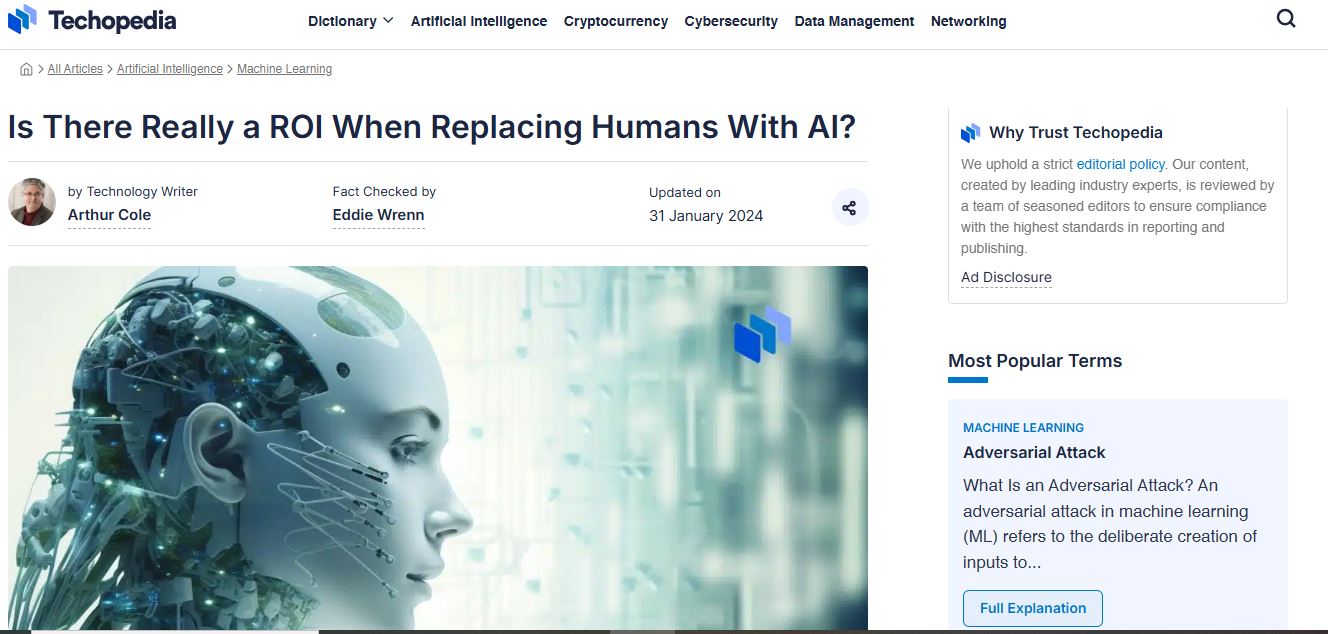
Recent data from Twicsy indicates that virtual influencer campaigns generate comparable engagement rates to human influencers while maintaining consistent performance metrics.
Gartner’s projections suggest the virtual influencer market will reach $37.8 billion by 2025, driven by improved ROI metrics and technological advancements.
10. The Nostalgia Hack: Reviving Brand Mascots as AI Influencers
The strategic transformation of traditional brand mascots into AI-powered social media personalities represents an innovative approach to bridging generational marketing gaps. Kellogg’s reimagining of Tony the Tiger as a digital influencer exemplifies this trend, where nostalgic brand elements are infused with contemporary social media culture.
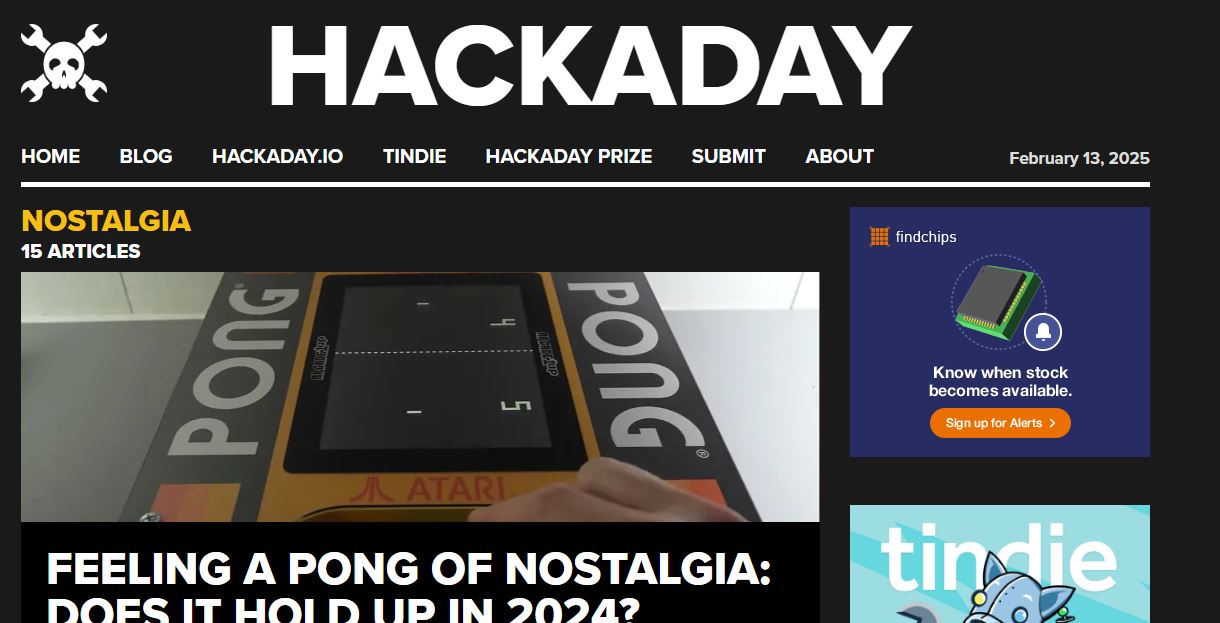
This modernization has enabled legacy brands to maintain their historic brand equity while engaging younger audiences through meme-friendly content and interactive digital experiences.
The success of these transformations has resulted in a 45% increase in brand engagement among Gen Z consumers while maintaining strong connections with traditional customer bases.
RELATED:
Final Thoughts & Tips for Brands:
- Embrace Hybrid Campaigns: Pair AI influencers with human creators to balance scalability and authenticity (e.g., Lil Miquela collaborating with Bella Hadid).
- Invest in Storytelling: Develop rich backstories for virtual influencers to foster emotional connections, as seen with Brud’s lore-driven characters.
- Prioritize Transparency: Clearly label AI-generated content to build trust, aligning with platforms like Instagram’s upcoming “AI Content” tags.
- Leverage Predictive Tools: Use AI analytics to forecast trends and refine campaigns, as done by Magazine Luiza’s real-time customer interaction model
Tired of 9-5 Grind? This Program Could Be Turning Point For Your Financial FREEDOM.

This AI side hustle is specially curated for part-time hustlers and full-time entrepreneurs – you literally need PINTEREST + Canva + ChatGPT to make an extra $5K to $10K monthly with 4-6 hours of weekly work. It’s the most powerful system that’s working right now. This program comes with 3-months of 1:1 Support so there is almost 0.034% chances of failure! START YOUR JOURNEY NOW!

